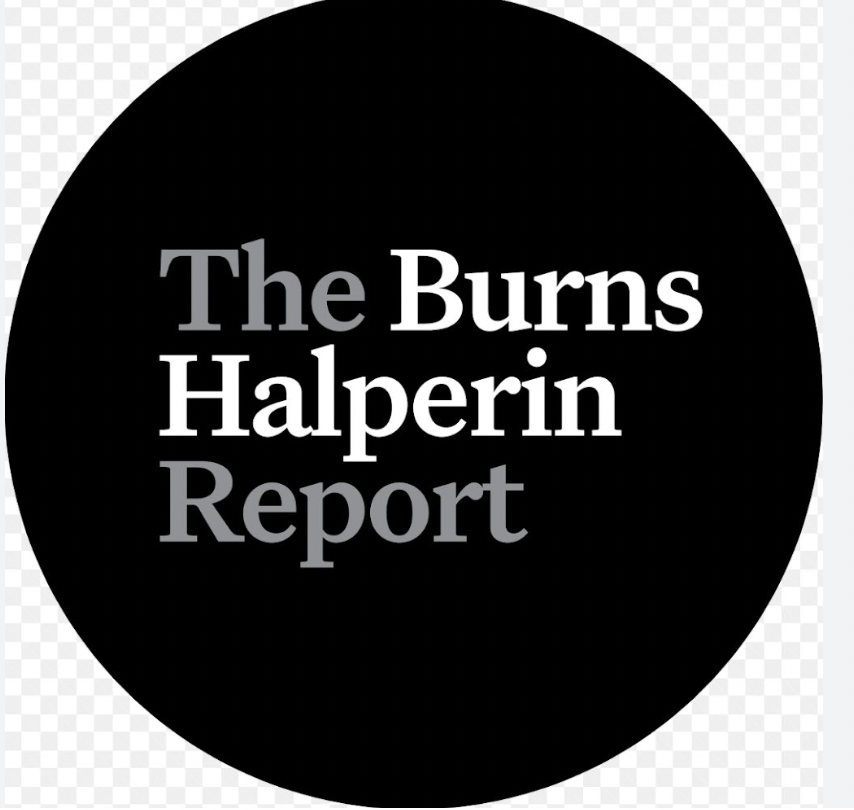
The Burns Halperin Report, the leading report tracking equity and representation in the art world recently released its 3rd edition. The 2022 edition has been described as the largest and most in-depth yet.
The Burns Halperin Report, the leading report tracking equity and representation in the art world, has released its third edition. Founded in 2018 by Charlotte Burns, founder of Studio Burns, and Julia Halperin, the outgoing executive editor of Artnet News, the 2022 edition is the largest and most in-depth yet.
It examines representation in U.S. museums and the art market for work by Black American artists, female-identifying artists, and Black American female-identifying artists by tracking museum acquisitions and exhibitions, as well as auction results over more than a decade. The report concludes that perceptions of progress in the art world are largely a myth.
According to the 2022 Burns Halperin Report—the largest database of its kind—museums across
America are not properly reflecting the demographics of their publics, despite much talk about
diversity in recent years. Interestingly, there has actually been more progress within the international
art market, although the figures show that this art remains staggeringly undervalued and
underrepresented.
This edition of the Burns Halperin Report examines global auction results from 2008 to mid-2022, as
well as acquisitions (a total of almost 350,000 objects) and exhibitions (nearly 6,000) data from 2008
to 2020 from 31 American museums—the biggest and most geographically representative group of
museums surveyed to date—to determine the representation of Black American artists, female-
identifying artists, and Black American female-identifying artists. The museums include large,
encyclopaedic institutions like the Metropolitan Museum of Art and the Art Institute of Chicago to
smaller university and regionally prestigious organizations like the Seattle Museum of Art and the
Phoenix Museum of Art. Their annual budgets range from less than $10 million to more than $100
million.
Key findings include:
● Between 2008 and 2020, just 10.7 percent of acquisitions at U.S. museums were of work by
female-identifying artists, and just 2.7 percent by Black American artists. These totals are
around a fifth of what they would be if collections actually represented the population of the
United States.
● Where racism and sexism intersect, the situation is extreme. Just 0.5 percent of acquisitions
were of work by Black American women, even though they comprise 6.6 percent of the US
population, meaning they are underrepresented by a factor of 13.
● In the art market, art by women accounts for 3.3 percent of all auction sales between 2008 and
mid-2022 ($6.2 billion of the total $187 billion); art by Black American artists represents 2 percent ($3.6 billion); and Black American female artists comprises just 0.1 percent ($204.3 million).
● Black American artists saw their share of the year-on-year market drop from four percent in
2021 to three percent by midway through 2022.
● The data reveals the impact of broader social movements. Although acquisitions of work by
women peaked in 2009—13 years ago—the next two most consequential years came in the
wake of the #MeToo movement in 2016 and 2017. Acquisitions for work by Black American
artists peaked in 2015, two years after the founding of the Black Lives Matter movement.
● Contemporary art museums are making progress faster than other institutions. They acquired,
on average, 48 percent work by women; 3 percent work by Black American female artists;
and almost 9 percent work by Black American artists.
● Sales of work by Pablo Picasso at auction between 2008 and mid-2022 totalled $6.23
billion—representing a larger share of the market than all women.
“When we started the Burns Halperin Report in 2018, we had a clear goal: to use data to track
whether the mainstream art world really was providing overdue recognition to Black American artists,
as was the dominant media narrative at the time,” says Julia Halperin.
“If that were true—in the middle of the Trump presidency—then the art world represented some kind
of utopian alternative to the rest of society. If it was not true, we figured, we should stop repeating it,”
adds Charlotte Burns.
In the coming weeks, the Burns Halperin Report will publish a variety of voices responding to and
contextualizing the data and adding their own expertise. Contributors include Naomi Beckwith,
deputy director of the Guggenheim Museum, Jessica Morgan, director of Dia Art Foundation, Mia
Locks, co-founder of Museums Moving Forwards, Brooke Minto, executive director of the Black
Trustee Alliance and artist Adrian Piper, among others. These articles will be published on Artnet
News and Studio Burns Media.
“Our hope is that this data—as imperfect and incomplete as it is—can serve to challenge assumptions
about how quickly progress is made, explore where positive change is happening, and push museums
to better reflect the world we live in,” say Burns and Halperin.